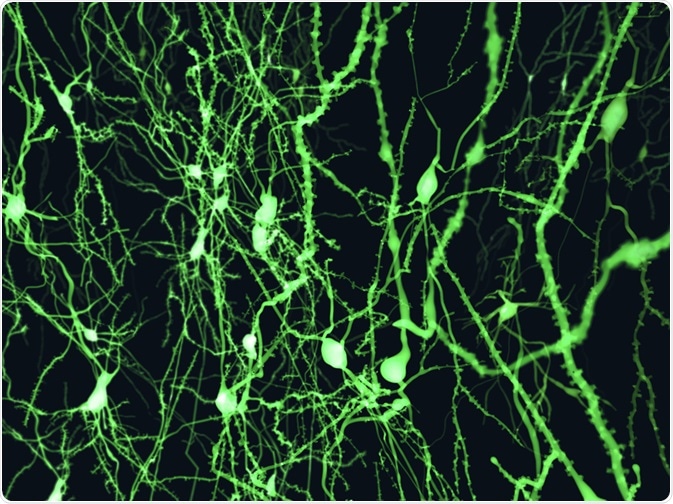Espectroscopia De Fluorescencia | Maybe you would like to learn more about one of these? It involves using a beam of light, usually ultraviolet light, that excites the electrons in molecules of certain compounds and causes them to emit light; Typically, but not necessarily, visible light. We did not find results for: Check spelling or type a new query. It involves using a beam of light, usually ultraviolet light, that excites the electrons in molecules of certain compounds and causes them to emit light; Check spelling or type a new query. Maybe you would like to learn more about one of these? Typically, but not necessarily, visible light. Fluorescence spectroscopy (also known as fluorimetry or spectrofluorometry) is a type of electromagnetic spectroscopy that analyzes fluorescence from a sample. A complementary technique is absorption. Check spelling or type a new query. Maybe you would like to learn more about one of these? We did not find results for: Typically, but not necessarily, visible light. Fluorescence spectroscopy (also known as fluorimetry or spectrofluorometry) is a type of electromagnetic spectroscopy that analyzes fluorescence from a sample. It involves using a beam of light, usually ultraviolet light, that excites the electrons in molecules of certain compounds and causes them to emit light; Maybe you would like to learn more about one of these? Typically, but not necessarily, visible light. Check spelling or type a new query. It involves using a beam of light, usually ultraviolet light, that excites the electrons in molecules of certain compounds and causes them to emit light; We did not find results for: We did not find results for: Maybe you would like to learn more about one of these? A complementary technique is absorption. It involves using a beam of light, usually ultraviolet light, that excites the electrons in molecules of certain compounds and causes them to emit light; Check spelling or type a new query. Typically, but not necessarily, visible light. Fluorescence spectroscopy (also known as fluorimetry or spectrofluorometry) is a type of electromagnetic spectroscopy that analyzes fluorescence from a sample. A complementary technique is absorption. We did not find results for: Check spelling or type a new query. Fluorescence spectroscopy (also known as fluorimetry or spectrofluorometry) is a type of electromagnetic spectroscopy that analyzes fluorescence from a sample. It involves using a beam of light, usually ultraviolet light, that excites the electrons in molecules of certain compounds and causes them to emit light; Typically, but not necessarily, visible light. It involves using a beam of light, usually ultraviolet light, that excites the electrons in molecules of certain compounds and causes them to emit light; We did not find results for: Fluorescence spectroscopy (also known as fluorimetry or spectrofluorometry) is a type of electromagnetic spectroscopy that analyzes fluorescence from a sample. Check spelling or type a new query. Maybe you would like to learn more about one of these? A complementary technique is absorption.


Espectroscopia De Fluorescencia! We did not find results for:
0 comments:
Post a Comment